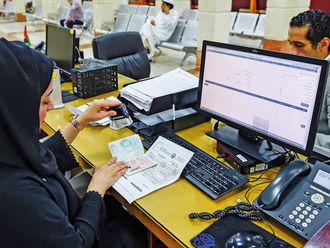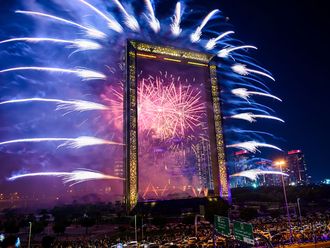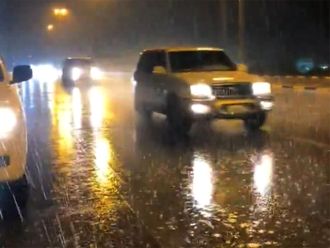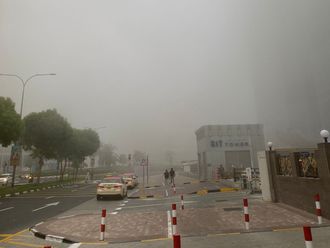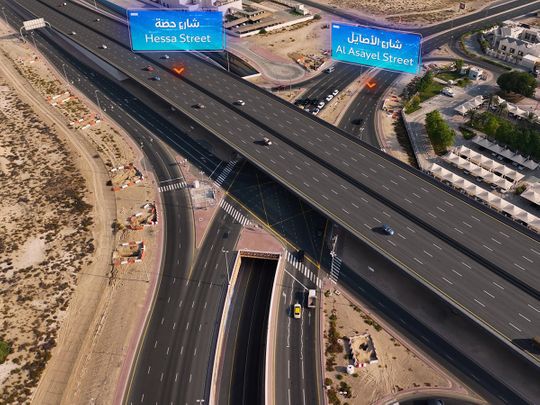
Dubai: The Dubai Roads and Transport Authority (RTA) has awarded the Hessa Street Improvement Project contract, a significant move toward developing the city’s road infrastructure. With a total cost of Dh689 million, this project aims to revamp the 4.5km stretch from the Sheikh Zayed Road intersection to Al Khail Road intersection.
The comprehensive project includes the development of four crucial intersections along Hessa Street, namely Sheikh Zayed Road, First Al Khail Street, Al Asayel Street, and Al Khail Street.
Additionally, it involves doubling the number of lanes on Hessa Street from two lanes to four lanes in each direction, leading to a 100 per cent increase in street capacity, accommodating up to 8,000 vehicles per hour per direction.
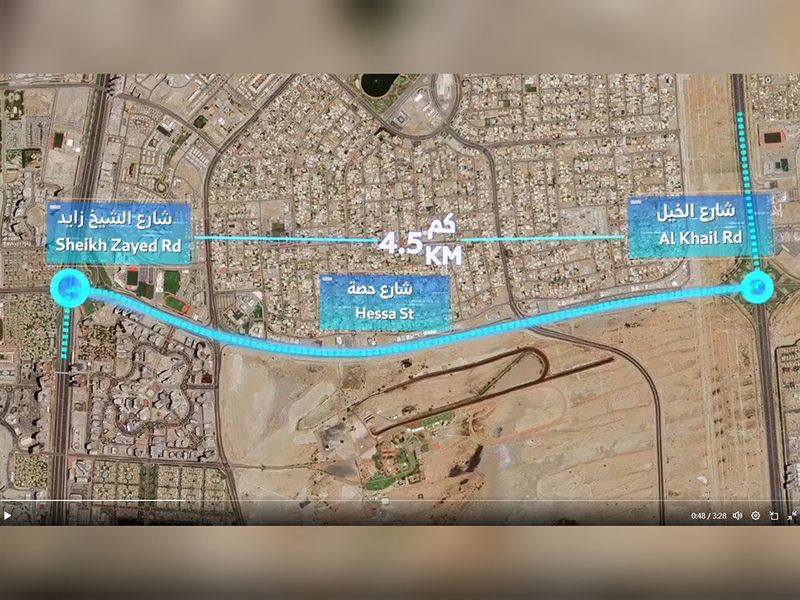
The project comes in response to the directives of His Highness Sheikh Mohammed bin Rashid Al Maktoum, Vice President and Prime Minister of the UAE and Ruler of Dubai, and Sheikh Hamdan bin Mohammed bin Rashid Al Maktoum, Crown Prince of Dubai and Chairman of The Executive Council, to continue with the development of roads infrastructure to keep pace with the thriving profile of Dubai, and accommodate the needs of urban development and population growth.
The project will also implement a 13.5km bicycle path, facilitating a sustainable and alternative mode of transportation. Mattar Al Tayer, Director General and Chairman of the Board of Executive Directors of RTA, highlighted the significance of the project, emphasiing its crucial role in enhancing the infrastructure of Dubai’s road network. The project will serve several residential and development areas, including Al Sufouh II, Al Barsha, and Jumeirah Village Circle.
Projections indicate that the project will cater to a population exceeding 640,000 residents in these areas by 2030. Importantly, it will double Hessa Street’s capacity to 16,000 vehicles per hour in both directions, constituting a remarkable 100 per cent increase.
Intersections
The project includes four key intersections. The first is the intersection of Hessa Street with Sheikh Zayed Road, involving the construction of a two-lane bridge ramp over the Dubai Metro Red Line. This will facilitate right-turn traffic from Sheikh Zayed Road to Hessa Street heading east towards Emirates Road. The second intersection is the development of Hessa Street's intersection with Al Khail First Street, achieved by increasing the lanes on the existing bridge from three lanes to four in each direction and implementing surface-level traffic improvements controlled by traffic lights.
Furthermore, the project will enhance the intersection of Hessa Street with Al Asayel Street, increasing the lanes on the current bridge from two lanes in each direction to four lanes along Hessa Street. It will also improve the surface intersection governed by traffic signals. The fourth intersection targeted for development within the project is the Hessa Street intersection with Al Khail Street, involving the creation of a direct bridge link serving northbound traffic from Street Share to Al Khail Road in Sharjah, consisting of two lanes.
Cycle tracks
The project also features the construction of bicycle and electric scooter tracks that extend for 13.5 kilometers and are 4.5 meters wide. These tracks consist of a dedicated 2.5-meter-wide lane for bicycles and scooters, alongside a 2-meter-wide pedestrian walkway. The pathway will establish a connection between Al Sufouh area and Dubai Hills via Hessa Street, serving various residential sectors including Al Barsha and Al Barsha Heights. This addition aims to facilitate first and last-mile trips by providing a link to Dubai Internet City metro station, as well as to various commercial and service hubs in the vicinity.
The planned pathways will include two significant segments: one crossing Sheikh Zayed Road and the other spanning across Al Khail Road. These segments will be five meters wide, with three meters dedicated to bicycle and electric scooter tracks, and two meters set aside for pedestrian use. Notably, the bridge over Al Khail Road will showcase a distinctive engineering design, integrating elements inspired by the surrounding environment.
Earlier upgrades
The Hessa Street development project builds upon the successful completion of preceding phases undertaken by RTA. Prior undertakings saw the development and broadening of both Sheikh Mohammed bin Zayed and Al Khail Streets.
A significant addition was the bridge intersection that connects Hessa Street, Al Khail Road, and Al Barsha area to Sheikh Mohammed bin Zayed Road. This linkage has been pivotal in streamlining traffic between Al Barsha area and Sheikh Mohammed bin Zayed Road, facilitating smooth movement in all directions.
The surrounding regions, currently under development, also benefit from this expansion. Additionally, a bridge was constructed over the intersection. This bridge features five lanes, connecting Al Yalayis Street from Jebel Ali to Sheikh Mohammed Bin Zayed Road. It comprises three lanes directed towards Dubai and two towards Abu Dhabi, spanning an approximate distance of two and a half kilometers.
The project comes in response to the directives of His Highness Sheikh Mohammed bin Rashid Al Maktoum, Vice President and Prime Minister of the UAE and Ruler of Dubai, and Sheikh Hamdan bin Mohammed bin Rashid Al Maktoum, Crown Prince of Dubai and Chairman of The Executive Council, to continue with the development of roads infrastructure to keep pace with the thriving profile of Dubai, and accommodate the needs of urban development and population growth.


